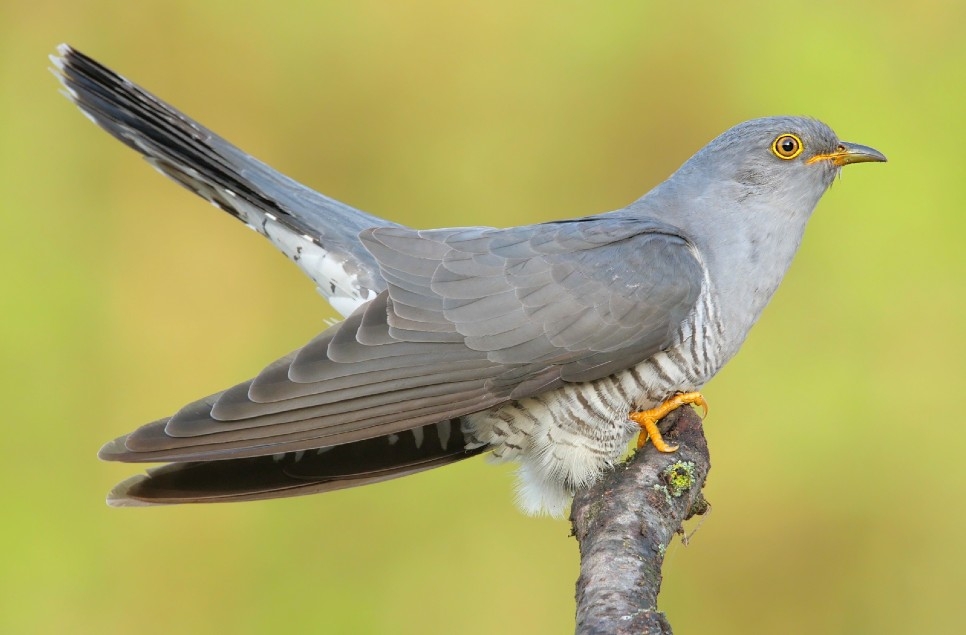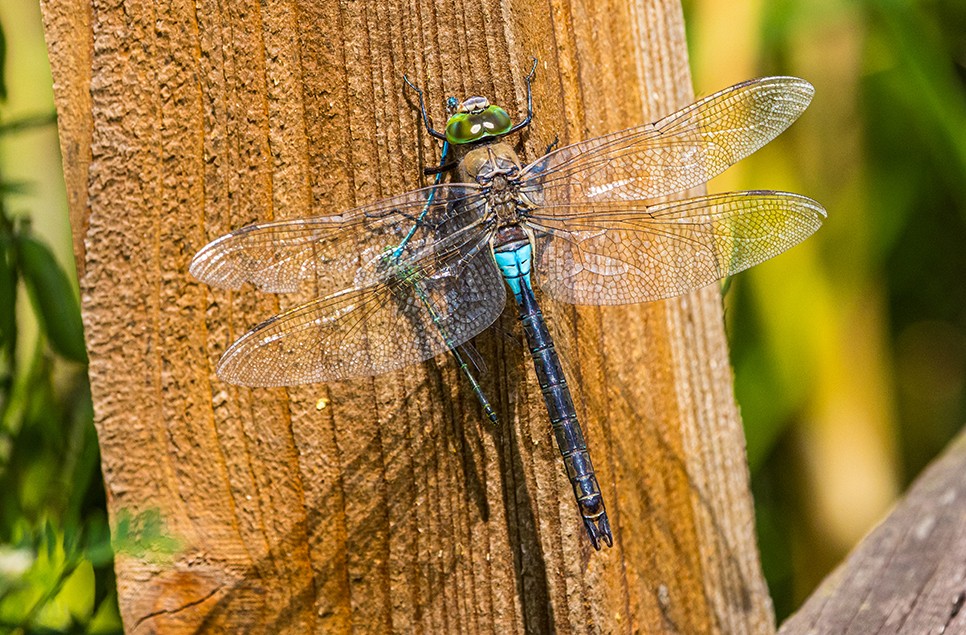WWT urges people to listen to a quirky alternative this International Dawn Chorus Day
From the song of warblers to the pee-wit of lapwings, we are urging people to get out into local wetlands and listen to the unusual and often outlandish sounds of wetland birds this International

From the song of warblers to the pee-wit of lapwings, we are urging people to get out into local wetlands and listen to the unusual and often outlandish sounds of wetland birds this International Dawn Chorus Day on Sunday 2 May.
Many people may be more used to the sunrise call of the blackbird or the sweet song of the thrush but few realise what a cacophony of sound there is also to be heard around lakes, ponds, estuaries and other wetland areas in the early hours at this time of the year.
And best of all some of these sounds are so distinctive, they’re really easy to recognise – so long as you know what you are listening out for. This is one of the reasons we have produced a guide, complete with audio recordings, of ten of the quirkiest, wetland birds people are likely to hear this International Dawn Chorus Day.
The guide includes photos and descriptions of each of the birds, plus a link to a sound recording of their song. This helps people identify the birds from their call alone.
The guide also includes interesting facts about the birds which is a great way to encourage all the family to get involved. These include:
- The song of the male reed bunting changes depending on whether he has found a partner or not
- Male mallards don’t quack –they give a feeble whistle instead
- The call of a lapwing was said to sound like the word “bewitched” in more superstitious times – and was said to be an omen of disaster.
“Wetlands teem with wildlife, including an extensive range of birdlife,” said Scott Petrek, Reserve Warden at WWT’s largest site Slimbridge. “Some, like the distinctive call of a cuckoo, will be instantly recognisable.
“But others, like the “sweep” call of a yellow wagtail or the wonderfully demented whinnying sound of the little grebe, are less known.
“This is why we have produced our audio guide which will help people identify these calls. Hopefully some of these sounds will become more known as people discover their local WWT centre or nearby wetlands and start to listen out for the evocative sounds of the birds who live there.”
Scott added: “Unfortunately these wonderful sounds may not always be with us. Many people know about the threat to the world’s forests but wetlands are also under threat - 90% of England’s wetlands have been lost over the last 400 years. And when wetlands are lost, so are the wildlife and wonderful sounds that inhabit them.
“We hope by learning more about wetland wildlife people are encouraged to support our efforts to conserve these important habitats.
“This is one of the reasons we are encouraging people to get out to their local wetlands in the quiet of the early morning, and see what they can hear. They might be surprised by the variety of sounds but I can all but guarantee they will hear – and hopefully see - something they never knew was there”.



